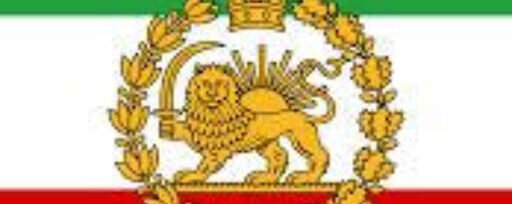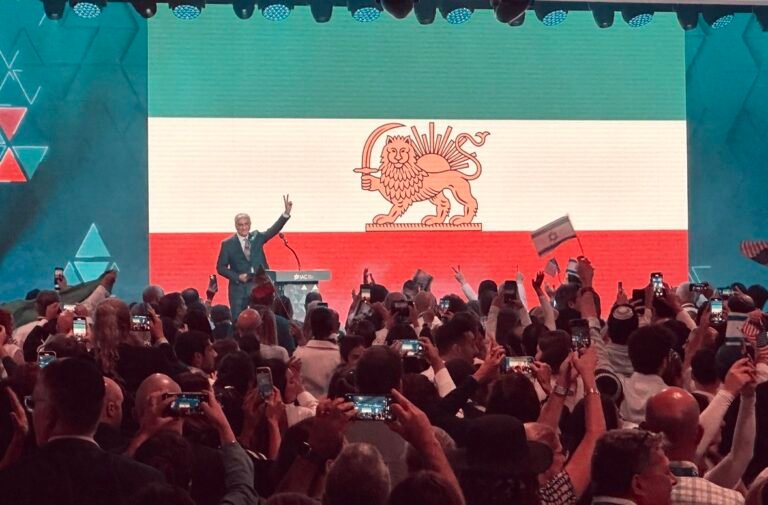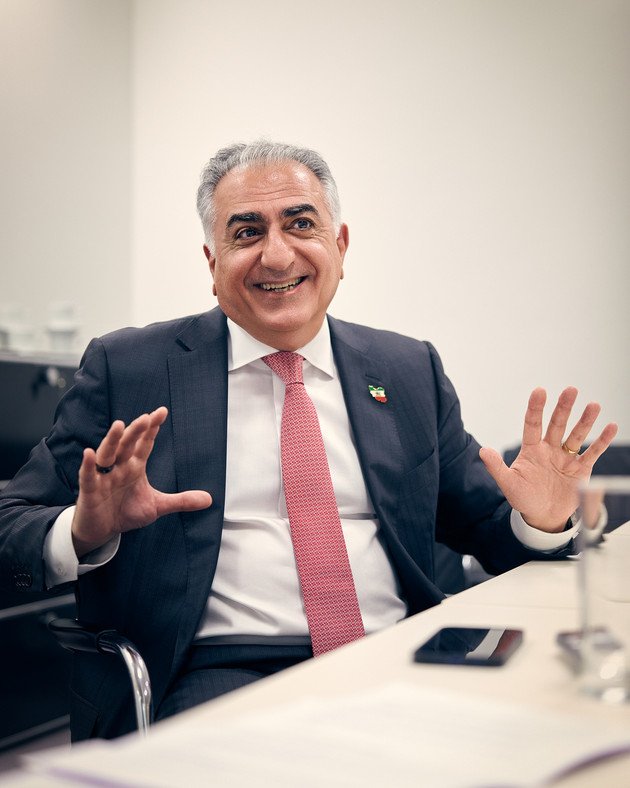The Legacy of King Reza Pahlavi and Current News in Iran
The Impact of King Reza Pahlavi on Modern Iran
King Reza Pahlavi’s reign from 1925 to 1941 marked a significant turning point in the history of Iran, positioning the nation towards modernization and reform. His approach aimed at transforming Iran into a modern state involved introducing extensive reforms across various sectors including education, infrastructure, and women’s rights. Under his governance, educational policies were revamped, leading to an increase in literacy rates and the establishment of various schools and universities. This emphasis on education not only facilitated intellectual growth but also aimed at mobilizing the populace towards national awareness and progress.
Infrastructure development was another cornerstone of his administration. Reza Pahlavi initiated the construction of roads, bridges, and railways, thereby enhancing connectivity within the country. This physical transformation contributed to economic growth and facilitated trade, thus positioning Iran more prominently on the global stage. Furthermore, these endeavors were closely linked to fostering a sense of national pride, fostering unity among various ethnic groups in the country.
Women’s rights also saw substantial advancements during his rule. The implementation of reforms aimed at improving women’s status in society, which included granting them access to education and participating in public life, challenged traditional norms. Although these reforms were met with resistance from conservative factions, they laid the groundwork for ongoing discussions around gender equality in Iran today.
The political climate of the period was characterized by rising nationalism, which Reza Pahlavi utilized both to consolidate his power and to envision a modern Iranian state. Nevertheless, his autocratic style sparked discontent, leading to his eventual abdication under pressure during World War II. His legacy continues to reverberate in contemporary Iranian society, particularly within the exile community that often reflects on his efforts and the notion of governance and democracy in Iran.
Current Events and Political Landscape in Iran
As of late 2023, Iran continues to experience a complex and often tumultuous political landscape, shaped by a series of events that reflect deep social discontent and calls for reform. The nation has witnessed significant protests against government policies, primarily centered around issues such as economic hardship and human rights violations. These demonstrations have been organized by various civil groups and political factions, signifying a growing willingness among citizens to voice their dissent against an administration that many view as repressive.
One of the key elements at play is the role of the Iranian diaspora, particularly as it pertains to the figure of Reza Pahlavi, the son of the former Shah. As a prominent voice for the royalist movement, he has emerged as a pivotal figure in advocating for change. While his supporters see him as a symbol of a potential return to monarchy and democratic governance, opinions within Iran regarding the royalist movement vary widely. For some, Pahlavi represents a hopeful vision for the future, while others view such aspirations with skepticism, concerned about the implications of reinstating a monarchy.
The international community has been closely monitoring events in Iran, especially in the context of its ongoing strained relations with Western nations. Human rights organizations have raised urgent calls for reform and an end to state-sanctioned violence against dissenters. Additionally, sanctions imposed on Iran have further complicated the economic landscape, intensifying the public’s frustrations and fueling unrest. In response, different political factions within the country have emerged, each proposing diverse approaches to governance and reform, although a common consensus remains elusive.
This dynamic interplay of internal dissent, political factions, and international scrutiny defines the current political reality in Iran, illustrating both the challenges and opportunities for transformation in the nation’s future.





